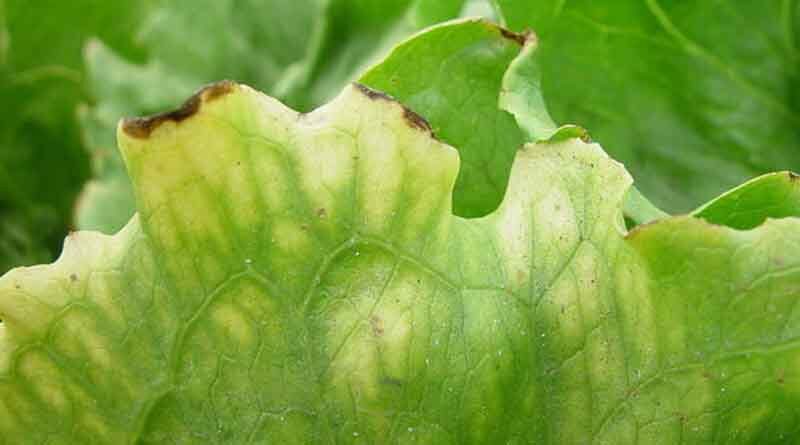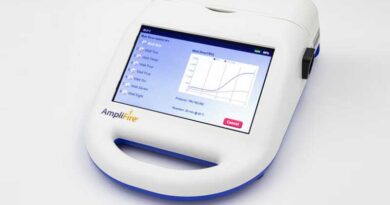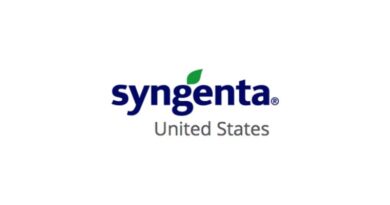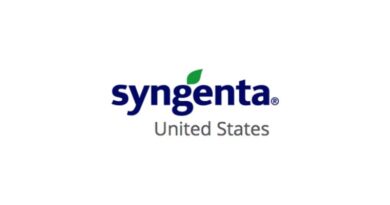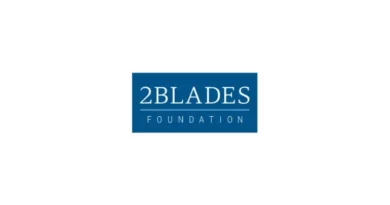Agdia Releases Rapid Molecular Diagnostic for Detection of Emerging Viral Pathogen in Cannabis
20 August 2022, Indiana: Agdia, Inc. (Elkhart, IN) is happy to announce the commercialization of a rapid, user-friendly, RNA-based assay, on their AmplifyRP® XRT platform, for the detection of Lettuce chlorosis virus.
The legal production and marketing of the cannabis plant (Cannabis sativa and C. indica) and its derivatives in the U.S. have increased dramatically over the previous decade due to ratification of medical and recreational licensing within States. Furthermore, industrial hemp cultivation has experienced a synchronous resurgence, owing to Federal recognition of its status as a legal agricultural crop. Increased production and sales have provided economic benefits to many, including entrepreneurs, engineers, farmers, plant scientists and general labor seeking positions in an industry once maligned. In addition to the fiscal benefits of market growth, the medicinal value of Cannabis has been realized by many seeking alternatives to prescription pharmaceuticals for treatment of assorted medical conditions.
As the volume of indoor and field plant inventories has increased, disease management science in Cannabis has struggled to keep pace. Research on Cannabis as a pathosystem is relatively new, and plant disease symptoms hitherto unnoticed have become limiting factors to production. Nevertheless, legalization of this crop has incentivized private companies and public research institutions to provide market stakeholders with practical disease diagnostic products and services. Furthermore, peer-reviewed publications examining the epidemiology, symptomology and management of pathogens affecting Cannabis are more widespread than ever before. Consequently, the suite of identified pathogens affecting cannabis production is expanding, along with our understanding of best management practices.
Lettuce chlorosis virus (LCV) is a member of the Crinivirus genus and known to cause disease on several economically important plant species. This virus was first characterized in the early 1990’s, infecting sugar beets and lettuce (Figure 1) in southern California, where it is considered endemic. Since then, LCV has been identified infecting additional hosts, including common bean in Spain, papaya in Texas, ornamental periwinkle in China, Israel and Brazil; tomato in China and several weedy species worldwide. Furthermore, LCV was recently identified as the causal agent of severe disease symptomology on glasshouse-grown medicinal Cannabis at an authorized farm in Israel. Symptoms of infection on Cannabis include interveinal and full-leaf chlorosis, leaf distortion, necrosis, purple leaf discoloration and stunting (Figures 2 and 3). Collectively, the symptomology decreases quantity and quality of flower yield and processed derivatives. These symptoms are indistinguishable from those caused by abiotic physiological disorders and nutrient imbalances.
Lettuce chlorosis virus is spread locally via the feeding activities of Bemisia tabaci, the silverleaf whitefly (Hemiptera), in a semi-persistent manner. This is a phloem-limited virus and is transmitted efficiently within 24 hours of vector acquisition. Since the late 20th century, the expansion of whitefly populations in sub-tropical and temperate climates has facilitated the synchronous expansion of their vectored viruses and plant host ranges. Furthermore, whiteflies can exhibit prohibitive levels of resistance to many traditional insecticides. The range and diversity of host-virus-vector interactions combined with pesticide resistance can potentially precipitate epidemics previously not witnessed in regions of whitefly expansion. These include areas of cannabis and industrial hemp production in the U.S.
Cannabis plants produced as marijuana are propagated continually via vegetative cuttings taken from “mother plants.” Mother plants infected with LCV can remain asymptomatic indefinitely, passing the latent virus to cuttings. The long-distance movement of infected cuttings is the primary means of LCV dissemination to areas beyond whitefly expansion in regions where cultivated hosts are readily available. The cultivation of industrial hemp differs from that of marijuana. Hemp crops are often seeded directly to field soils, and plant products typically include fiber, oil, seed and processed cannabidiol (CBD). Nevertheless, hemp plants are subject to LCV infection and the accompanying decrease in yield. It is unclear if LCV can be transmitted efficiently on tools or in seed, and further investigation of its epidemiology is ongoing.
No therapeutics exist for viral infections in mature plants. Therefore, exclusion is the most important virus management strategy. Diagnostic testing is the cornerstone of an effective management program, as it is the primary means of identifying viruses and excluding infected plants before introduction into plant inventories and shipment of propagative materials. The burgeoning industry of cannabis production, marijuana and industrial hemp, has elucidated the necessity of reliable and robust diagnostic solutions for detection of LCV in plant inventories. Furthermore, regulations regarding the interstate movement of Cannabis have constrained many growers to identify infections at farm level, making the field-based usability of a diagnostic product indispensable.
Agdia’s new AmplifyRP® XRT assay for detection of Lettuce chlorosis virus is based on recombinase polymerase amplification (RPA). This isothermal technology promotes the rapid amplification and detection of nucleic acid targets, DNA or RNA, at a single operating temperature of 42o C. When paired with Agdia’s AmpliFire® isothermal fluorometer, the XRT system is a rapid, user-friendly tool that can be implemented in the field or the lab by personnel with limited experience in molecular diagnostics, while providing target sensitivity and specificity comparable to those of PCR.
Agdia states their assay was screened against a diverse specificity panel of confirmed isolates of LCV, including those from Brazil, China, Israel, Mexico, Spain and the U.S. A 100% detection rate of true positives was reported. Furthermore, no cross reactivity was observed with an extensive panel of viral and viroid pathogens, including Alfalfa mosaic virus, Arabis mosaic virus, Beet curly top virus, Cucumber mosaic virus, Impatiens necrotic spot virus, Hop latent viroid, Hop stunt viroid, Tobacco mosaic virus, Tobacco ringspot virus, Tobacco streak virus, Tomato mosaic virus, Tomato ringspot virus and Tomato spotted wilt virus. This assay contains an endogenous RNA control and was developed to be used on leaf, petiole, seed and stem tissue.
The introduction of Agdia’s LCV AmplifyRP® XRT assay expands Agdia’s catalog to include 22 products on this platform. In addition to LCV, Agdia now offers AmplifyRP® XRT products for detection of Beet curly top virus, Fusarium oxysporum, Hop latent viroid and Hop stunt viroid, for a total of five of the most widespread and emerging pathogens in the cannabis industry. “Market demand for highly sensitive and specific products that can be used across multiple locations by personnel with diverse backgrounds in diagnostic testing has fueled development. Furthermore, as new pathogens emerge, we will keep pace with industry needs and concerns and encourage feedback from industry stakeholders to inform innovation on product offerings,” said Robert Emmitt, Domestic Account Manager, Agdia, Inc. For more information on Agdia’s complete line of AmplifyRP® assays, please visit Agdia’s website www.agdia.com.
Also Read: ICL and Lavie Bio Enter Strategic Collaboration to Develop Novel Bio-Stimulant Products

